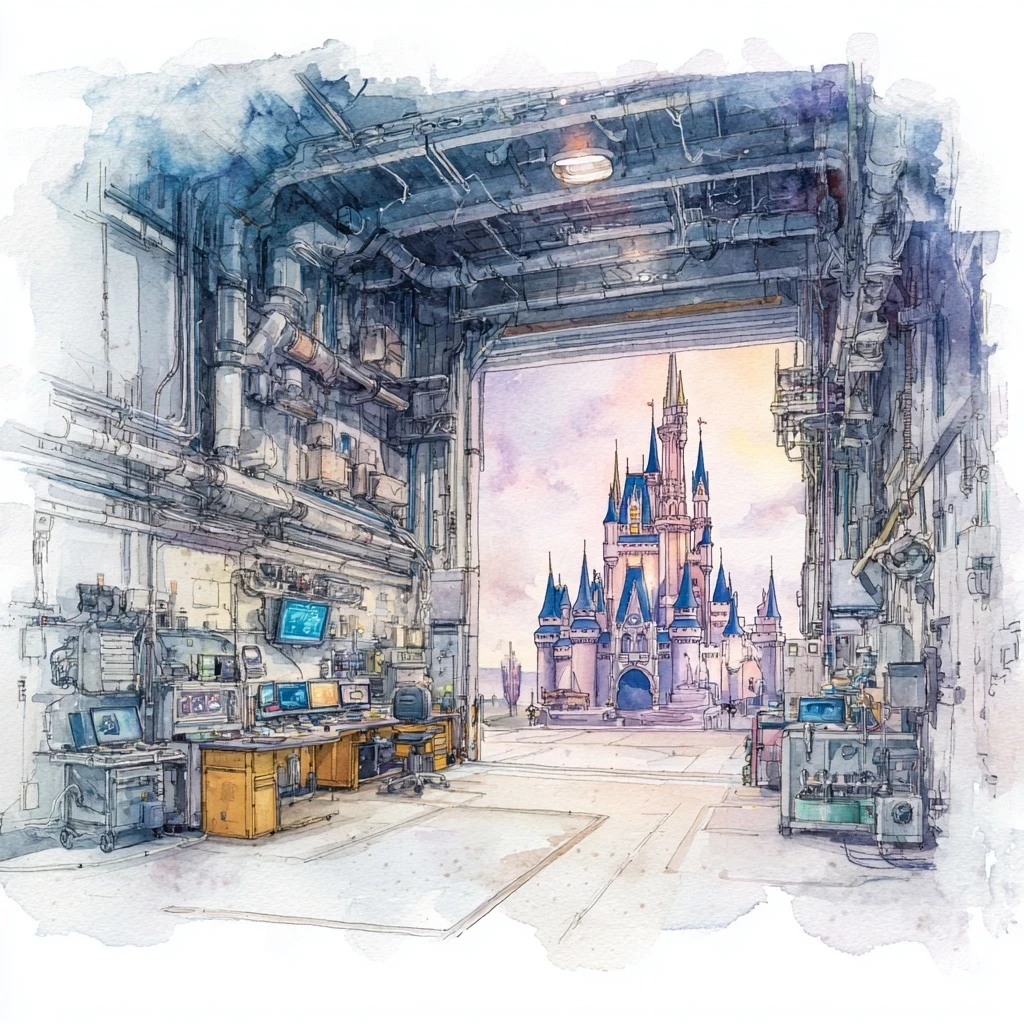Continuous Improvement: An Unsung Hero in Talent Retention
Discover how continuous improvement enhances talent retention
Add bookmark
Continuous Improvement: An Unsung Hero in Talent Retention
In the ongoing battle for top talent, corporate America faces a complex equation. Competitive salaries and perks are no longer enough to keep high-performing employees on board. In a labor market shaped by evolving employee expectations, remote work, and economic volatility, companies are seeking deeper, more sustainable ways to foster loyalty. One surprisingly powerful, but often overlooked, driver of employee retention is process improvement. Typically associated with operational efficiency or cost-cutting, methodologies like Kaizen, Lean, and Six Sigma are now being reexamined for their cultural impact. It turns out that organizations committed to continuous improvement may also be inadvertently creating environments where employees feel valued, engaged, and motivated to stay.
The Shift in Employee Expectations:
Millennial and Gen Z employees prioritize purpose, agency, and growth over pure compensation. A 2024 Gallup survey found that 63% of employees would choose a job with a strong sense of purpose over one offering higher pay. Similarly, Deloitte reports that career development and company culture are among the top reasons workers stay or leave.
In this new reality, employees want:
- Transparency from leadership
- A culture of learning
- Opportunities to develop and grow
- Clear alignment between personal goals and organizational objectives
This is where we see continuous improvement becoming more than a business strategy, it becomes a talent strategy.
Five Ways Continuous Improvement Enhances Talent Retention:
1. Employee Empowerment:
Nothing fuels disengagement like feeling powerless at work. In organizations that champion continuous improvement, employees are not just executors; they’re problem solvers. When team members are trusted to identify inefficiencies and contribute ideas for improvement, they develop a stronger sense of ownership and pride in their work. In fact, a Harvard Business Review study found that organizations that actively involve employees in decision-making saw a 22% higher retention rate than those that did not.
In this kind of environment:
- Employees feel heard.
- Their feedback translates into action.
- They develop leadership and problem-solving skills.
- They see their contributions affect real outcomes.
This cultivates emotional investment, which is arguably one of the strongest predictors of employee loyalty.
2. A Culture of Learning and Growth
Continuous improvement inherently promotes learning; it creates a workplace of constant development. In this kind of environment, opportunities like certifications, cross-training, and formal mentorship are embraced and more readily available. This aligns perfectly with the modern employee's desire for career progression and skill development. With sights on continuing development, employees are more likely to see a long-term future with the organization.
3. Reduced Burnout
A chaotic, disorganized workplace frustrates employees and often leads to burnout. Continuous improvement helps streamline workflows, eliminate repetitive tasks, and reduce unnecessary complexity, all of which contribute to a healthier, more sustainable work environment. There are countless examples of how automation or standardization can streamline operations for an employee or a whole team. For example, automating manual reporting can free up time for strategic thinking. Standardizing an onboarding process can improve confidence and clarity among new hires. When companies improve systems and processes, employees experience less friction. This boosts satisfaction and reduces attrition, particularly in high-pressure industries like healthcare, finance, and logistics.
4. Stronger Team Collaboration
Many process improvement initiatives rely on cross-functional teams. This breaks down silos and encourages collaborative problem-solving, which strengthens relationships between departments and increases a sense of community. When employees feel aligned around shared goals, they’re more likely to feel safe sharing out-of-the-box ideas, to stay loyal to their team, and to stick around through organizational changes. Continuous improvement fosters this team-based identity, which can be more compelling than even individual recognition.
5. Trust and Transparency from Leadership
Leaders who embrace continuous improvement tend to model:
- Vulnerability (admitting when a process isn’t working)
- Transparency (sharing performance metrics)
- Responsiveness (acting on employee feedback)
These behaviors create trust. Employees are more likely to remain in environments where leadership is consistent, accessible, and honest, especially in times of economic or organizational uncertainty. Additionally, the cyclical nature of continuous improvement (Plan-Do-Check-Act) gives employees a framework for understanding how change happens, which reduces anxiety and improves morale.
ROI Beyond Cost Savings
While continuous improvement methods are often pitched to cut costs or increase output, its impact on retention is just as valuable, if not more so. The average cost of replacing an employee in the U.S. ranges from 50% to 200% of their annual salary. According to Gallup, companies with high employee engagement experience 24% lower turnover than their peers.
For large corporations, these savings can translate into millions of dollars annually. Add to that the benefits of institutional knowledge retention, reduced hiring lag, and better team morale, and the case becomes even stronger.
Aligning Continuous Improvement with Retention Strategy
If you're looking to integrate continuous improvement into your talent strategy, here are some actionable steps:
- Launch employee-led improvement initiatives with clear recognition programs.
- Tie process improvement goals to individual development plans.
- Offer training and certification programs
- Celebrate small wins to reinforce progress and build momentum.
- Track and report employee satisfaction alongside KPIs.
- Make CI part of leadership development at all levels.
- Build Better Workplaces, Keep Better People
In 2025, the war for talent is fierce. As companies search for ways to stand out, not just as employers of choice but as places where people can thrive, continuous improvement offers a powerful solution hiding in plain sight. By fostering a culture of empowerment, learning, transparency, and teamwork, process improvement doesn’t just improve systems; it improves the employee experience. And in doing so, it becomes one of the most effective (and underrated) retention tools in the corporate landscape.
In a world where change is constant, employees want to be part of organizations that don’t just adapt to change, but embrace it with them. To gain more insight from our SSO Network, please join us for our upcoming Process Mining and Intelligence Virtual Summit.

























